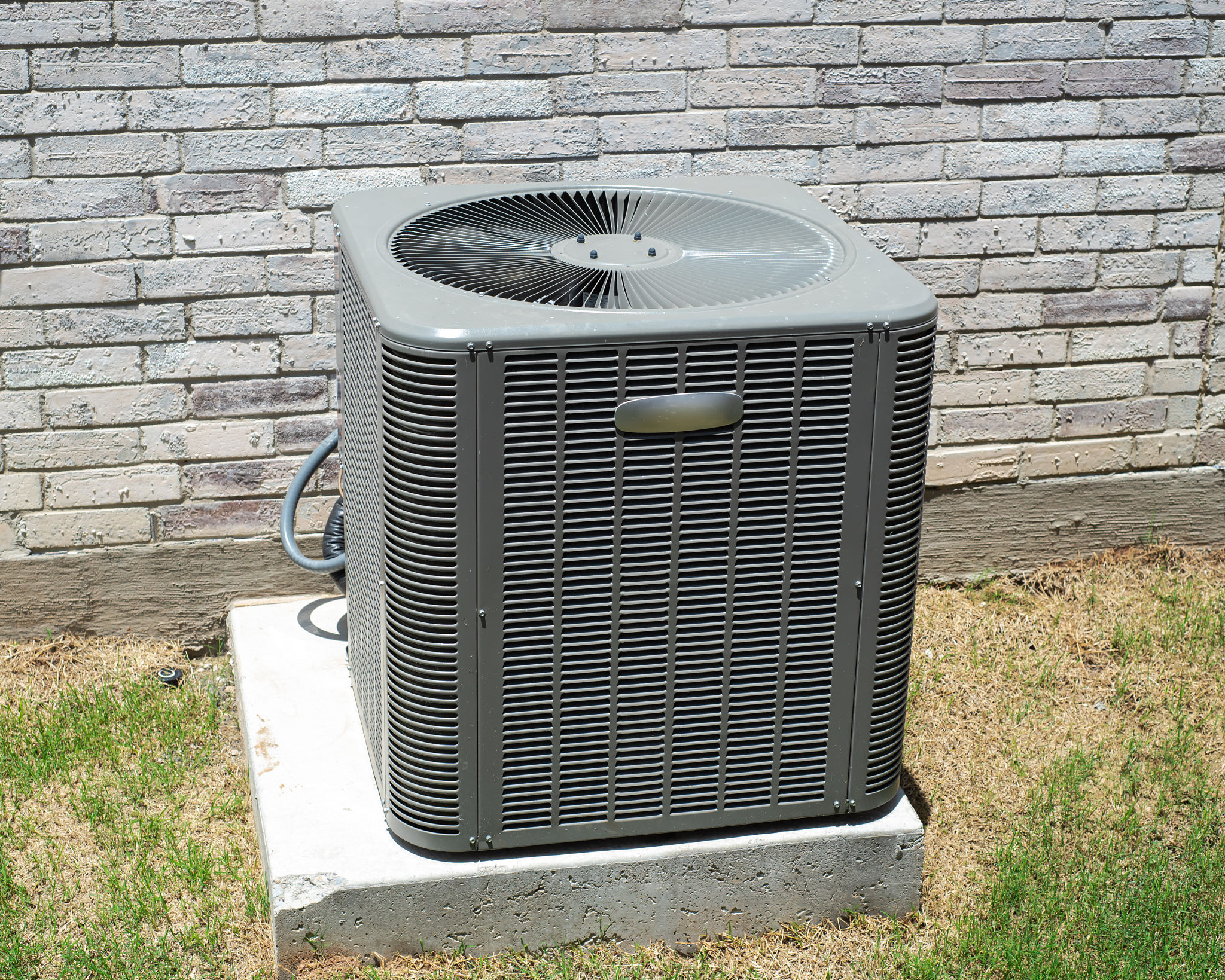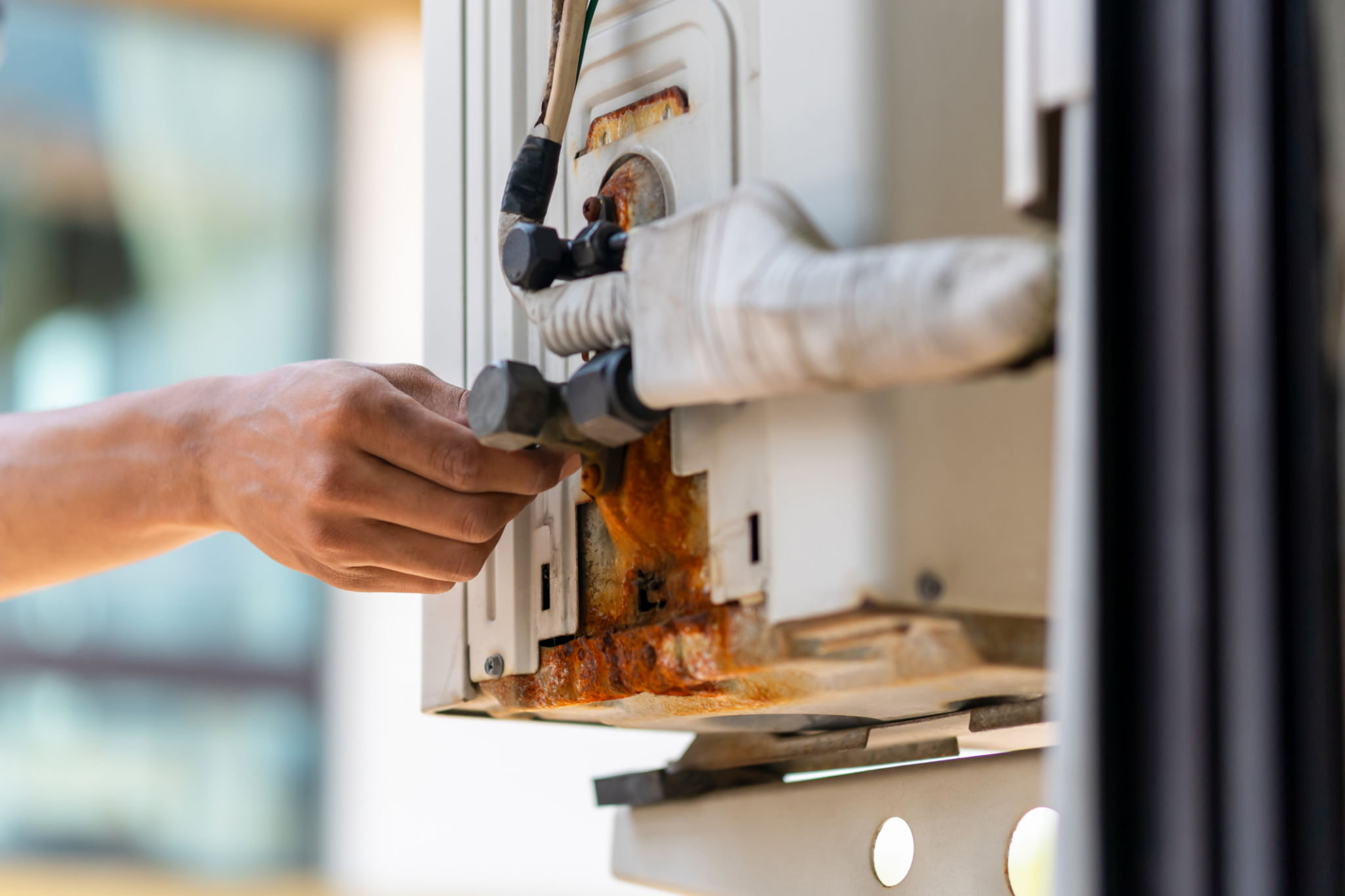How to Troubleshoot Common Air Conditioning Issues Before Calling a Pro
Understanding the Basics of Your Air Conditioning System
Before diving into troubleshooting, it's essential to understand the basic components of your air conditioning system. A typical air conditioner consists of an indoor unit, which houses the evaporator coil and a blower fan, and an outdoor unit, which contains the compressor and condenser coil. Knowing these components can help you identify where potential issues may arise.

Check the Thermostat Settings
An often overlooked cause of air conditioning issues is incorrect thermostat settings. Ensure that your thermostat is set to "cool" mode and that the temperature setting is lower than the current room temperature. If your thermostat is battery-operated, replacing the batteries might resolve the issue.
Calibrating the Thermostat
If your air conditioner still isn't working correctly, consider calibrating your thermostat. This involves checking its accuracy against a reliable thermometer. If there's a significant discrepancy, it might be time for a replacement.
Inspect and Replace Air Filters
Clogged or dirty air filters can significantly impact your air conditioner's performance by restricting airflow. It's recommended to check and replace your air filters every 1-3 months. A clean filter not only improves efficiency but also enhances indoor air quality.

Examine Circuit Breakers and Power Supply
If your air conditioning system isn't turning on, a tripped circuit breaker could be the culprit. Locate your home's electrical panel and check if any breakers have been tripped. If so, resetting them might restore power to your system.
Ensure Power to the Outdoor Unit
Make sure that the outdoor unit has power by checking its disconnect switch, usually located in a small box near the unit. If the switch is off, turn it on and see if the system starts operating.
Look for Refrigerant Leaks
Refrigerant leaks are a common issue that can cause your air conditioner to blow warm air. While fixing leaks should be left to professionals, you can look for signs such as ice buildup on the evaporator coil or hissing sounds coming from the system.

Clear Debris from the Outdoor Unit
The outdoor unit needs proper airflow to function efficiently. Ensure that there's no debris such as leaves or dirt blocking the unit. Cleaning around the unit can vastly improve its performance.
Maintain a Clear Area
Keep at least two feet of clearance around the outdoor unit to ensure adequate airflow. Regularly trim any plants or bushes nearby to prevent them from obstructing the unit.
Conclusion: Know When to Call a Professional
While these troubleshooting steps can resolve many common air conditioning issues, some problems require professional expertise. If you've tried these tips and your system still isn't functioning correctly, it might be time to call an HVAC technician. Regular maintenance by professionals can also prevent future issues and extend the life of your system.